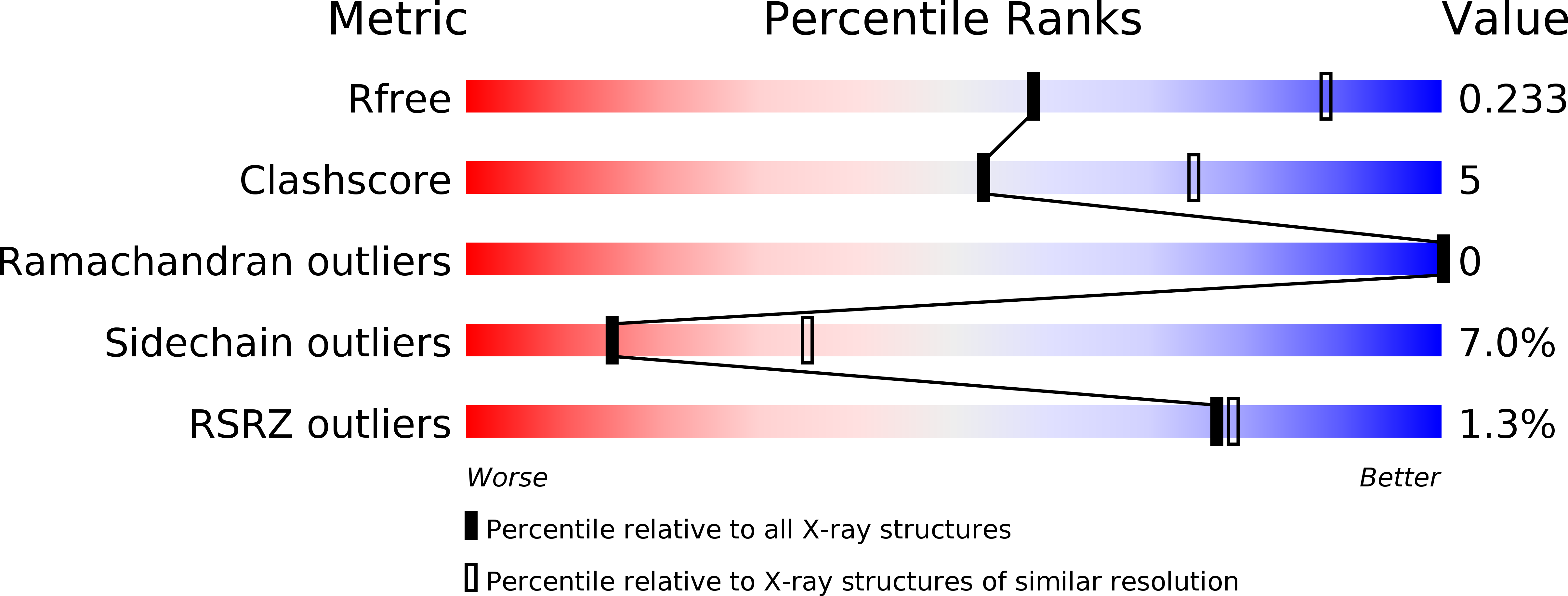
Deposition Date
2012-01-04
Release Date
2012-05-30
Last Version Date
2024-10-09
Entry Detail
Biological Source:
Source Organism:
Sulfolobus virus 1 (Taxon ID: 244589)
Host Organism:
Method Details:
Experimental Method:
Resolution:
2.70 Å
R-Value Free:
0.23
R-Value Work:
0.18
R-Value Observed:
0.18
Space Group:
P 43 21 2


